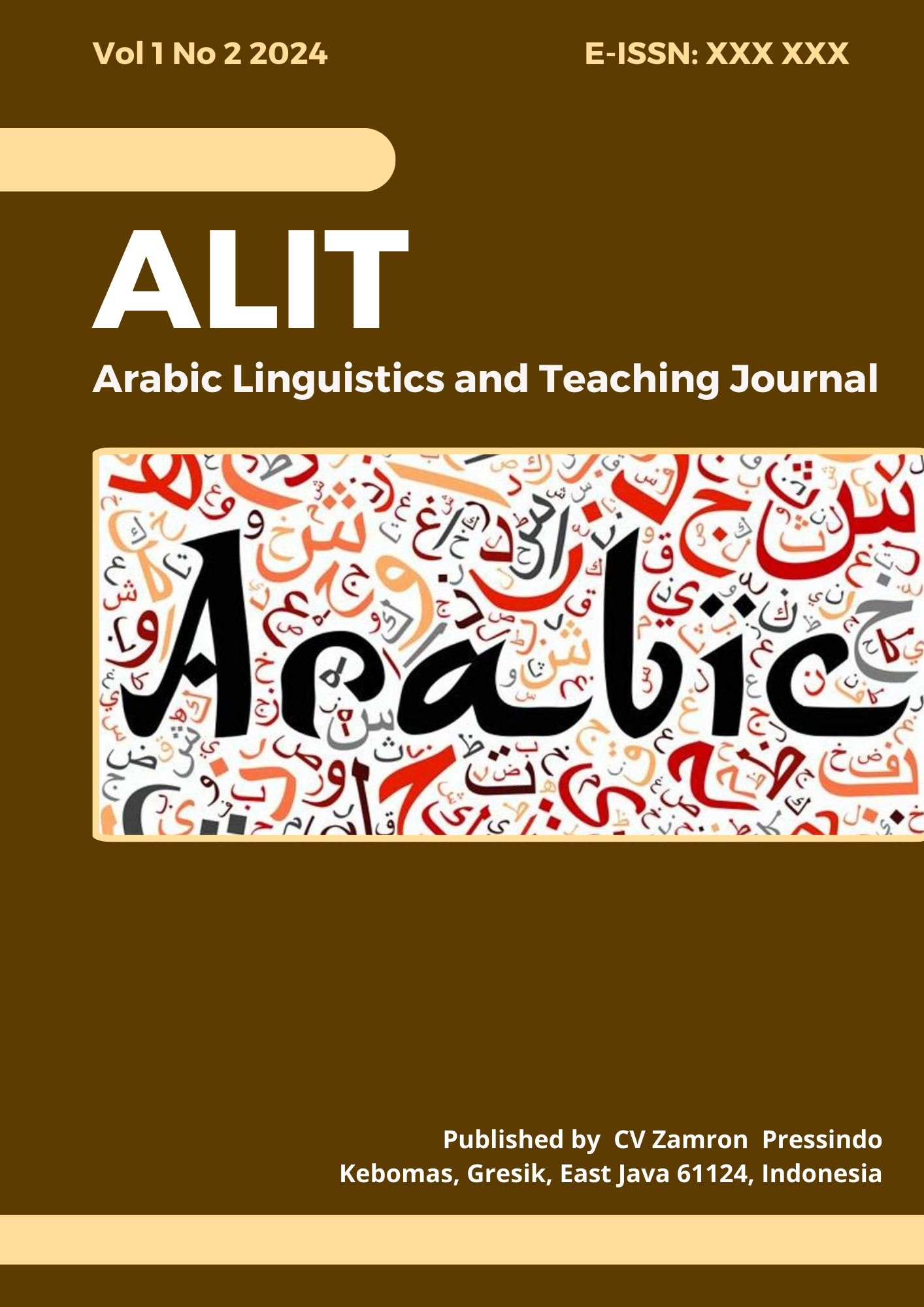The Concept of Arabic Language Learning for Non-Native Speakers
Kata Kunci:
Arabic Language Learning, Non-Native Speakers, Holistic Approach, Educational Technology, Cultural IntegrationAbstrak
Purpose –Arabic language learning for non-native speakers faces various challenges, ranging from the complexity of grammar to phonological difficulties. On the other hand, technological advancements and the growing global interest in the Arabic language present significant opportunities to develop more effective and relevant learning strategies. This study aims to formulate an adaptive and contextual concept for Arabic language learning by integrating linguistic, technological, and cultural approaches.
Design/methods/approach– The method used is library research, which analyzes relevant theories and previous studies to provide a comprehensive overview.
Findings–The results of the study reveal that a holistic approach combining communicative and traditional methods, the use of educational technology, and the integration of Arab culture is key to successful Arabic language learning for non-native speakers. Major challenges, such as mastering phonology and the lack of contextual teaching materials, can be addressed through innovations in curriculum design and technology-based teacher training.
Research implications/limitations – The implications of this study include the need for the development of relevant teaching materials, modern approach-based teacher training, and the adoption of technology to support learning.
Originality/value–The originality of this study lies in its integrative approach that combines theory and practice to create an inclusive and relevant Arabic language learning experience tailored to modern learners' needs. This research provides valuable insights into Arabic language teaching by mapping challenges, opportunities, and innovative learning strategies.
Unduhan
Referensi
Al-Khatib, A. (2022). Communicative Arabic teaching methods and their application for non-native speakers. Journal of Language Education, 18(3), 155–171. https://doi.org/10.1234/jle.2022.183155
Rosyidi, M. (2021). Phonological difficulties in Arabic learning for non-native speakers. Arab World English Journal, 12(2), 45–58. https://doi.org/10.24093/awej/vol12no2.4
Thohir, M. (2018). Challenges of teaching Arabic grammar for non-native speakers: A case study in Indonesia. International Journal of Linguistics, 10(1), 28–39. https://doi.org/10.5296/ijl.v10i1.12843
Rahman, Z. (2020). Integrating technology in Arabic language teaching: Opportunities and challenges. Journal of Modern Teaching Methods, 24(4), 203–218. https://doi.org/10.1016/j.jmtm.2020.203
Wahab, S. (2020). Cultural integration in Arabic teaching for non-native learners. International Journal of Islamic Studies, 8(2), 120–135. https://doi.org/10.3358/ijis2020.8.2.120
Richards, J. C., & Rodgers, T. S. (2001). Approaches and methods in language teaching (2nd ed.). Cambridge University Press.
Hymes, D. (1972). On communicative competence. In J. B. Pride & J. Holmes (Eds.), Sociolinguistics (pp. 269–293). Penguin Books.
Al-Kitaab Series. (2020). Al-Kitaab fii Ta'allum al-Arabiyya: A textbook for beginning Arabic. Georgetown University Press.
Brown, H. D. (2007). Principles of language learning and teaching (5th ed.). Pearson Education.
Wright, R. (2002). The Arabic alphabet: How to read and write it. Saqi Books.










